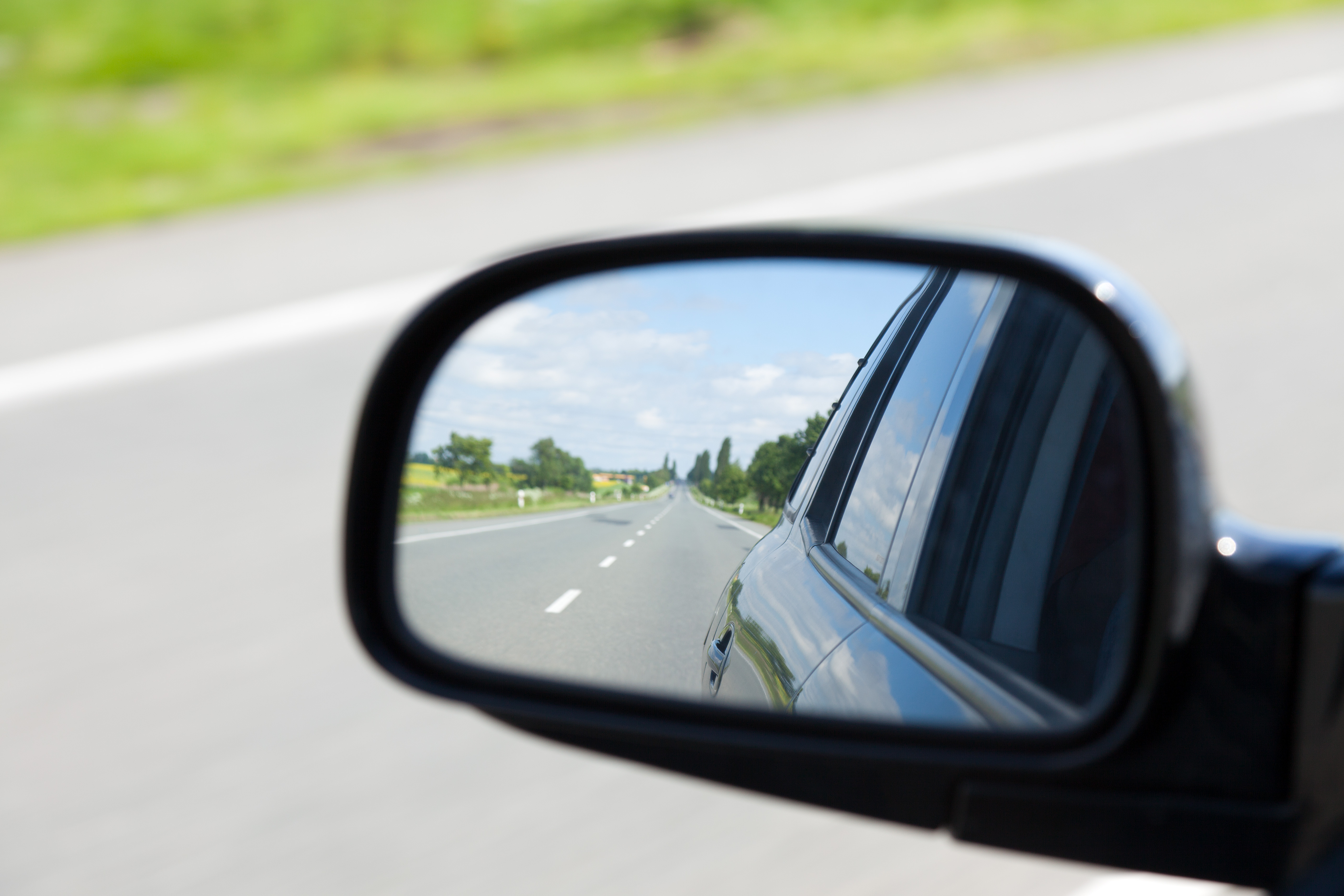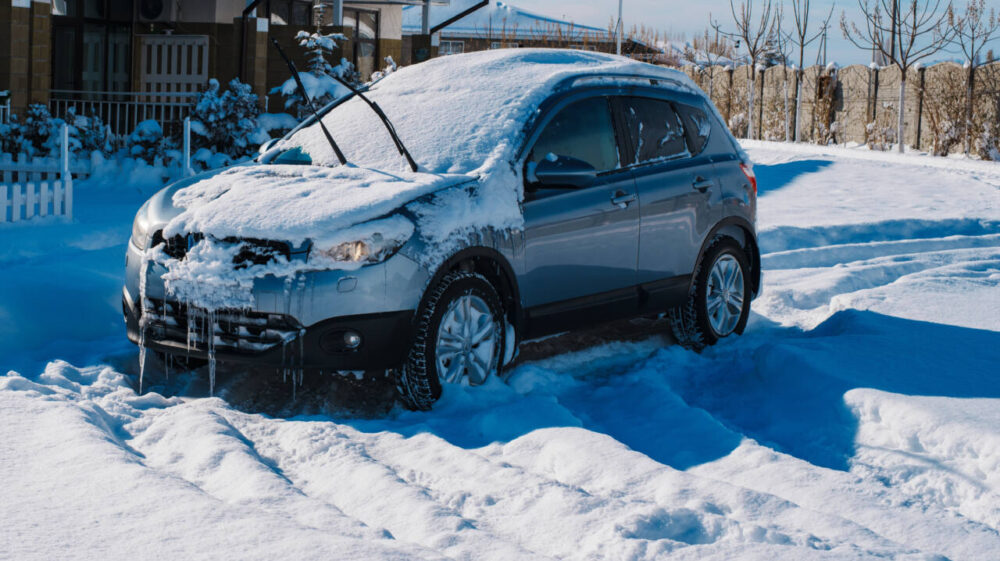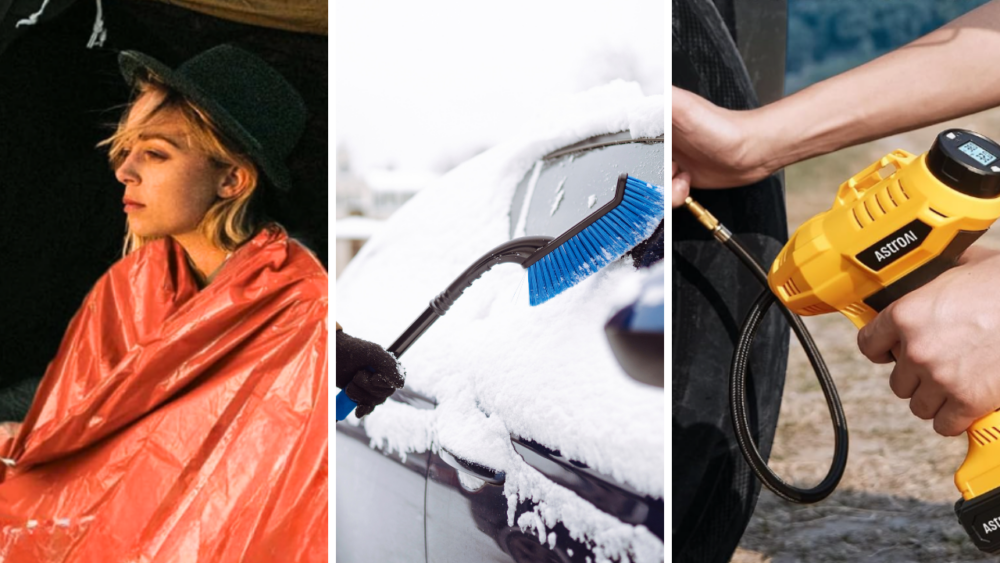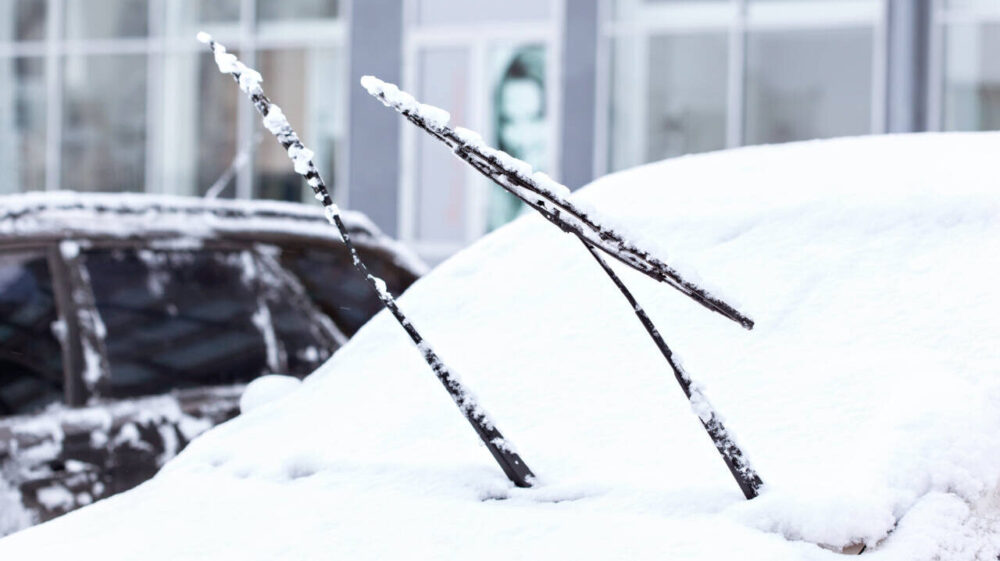Here’s A Simple (And Free) Way To Get Rid Of Blind Spots In Your Rearview Mirrors

Does your car have a blind-spot monitoring system? Did it come standard or did you shell out extra bucks to pay for something that beeps occasionally?
Well, if you’ve already purchased one, you’re not alone—according to an article on Forbes, the blind-spot monitoring system is a multi-billion dollar industry. But, if you don’t already have one, there’s any easy way to create your own—for free.
Nearly 20 years ago, a paper entitled “The Geometry of Automotive Rearview Mirrors—Why Blind Zones Exist And Strategies To Overcome Them” was published in the Society of Automotive Engineer.
Written by George Platzer, an engineer from Rochester, Michigan, the paper is 15 pages of formulas and complex language, but it offers a relatively simple solution to eliminated blind spots—using smarts instead of gadgets.
So how can you do it in your car?
- Sitting in the driver’s seat, lean your head against the window and adjust your mirror until you can only see a tiny sliver of your car.
- Then, lean over your center console and adjust the passenger’s side mirror until you can only see a sliver of the car on the other side.
- When executed correctly, a vehicle will appear first in the rear-view mirror. Then it will leave the rear-view mirror and appear in the side-view mirror. As it continues to move forward, it will appear in the driver’s peripheral vision.
In the paper, Platzer suggested automakers include these instructions in owner’s manuals, but it wouldn’t appear any of those companies took his words to heart. Today, suppliers and car manufacturers are making hundreds of millions of dollars by selling blind-spot monitoring systems. According to Forbes, these systems add at least $1,000 onto the base price of the car, but frequently more as they come packaged with extra features.
Meanwhile, the Insurance Institute for Highway Safety estimated that only 4 percent of registered 2013 models had blind-spot monitoring. While the National Highway Traffic Safety Administration and others have released studies that indicate monitoring systems work reasonably well, more research is still being conducted and the results are still inconclusive.
So in the meantime, maybe just try adjusting your mirrors and see what happens. After all, it’s free.





